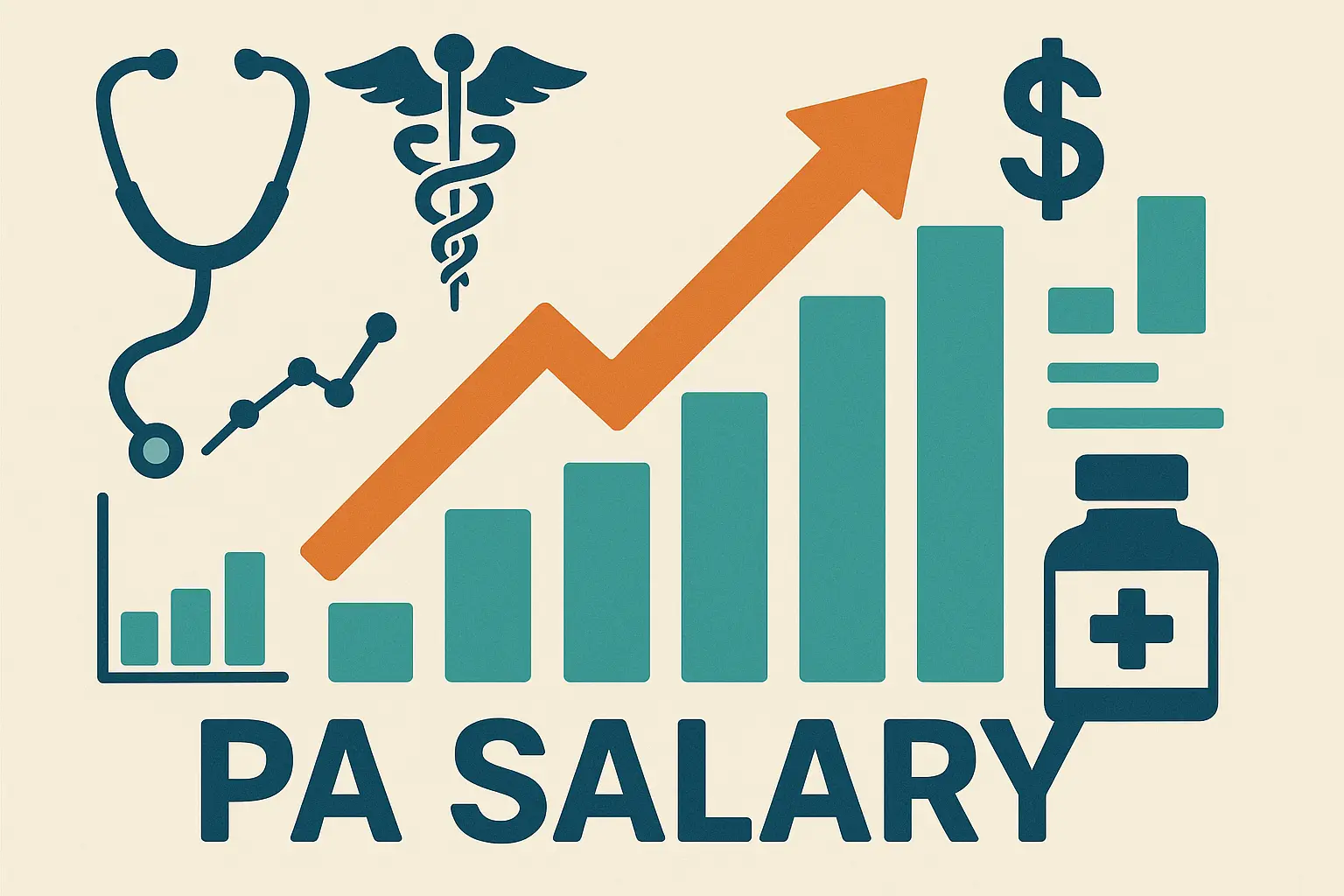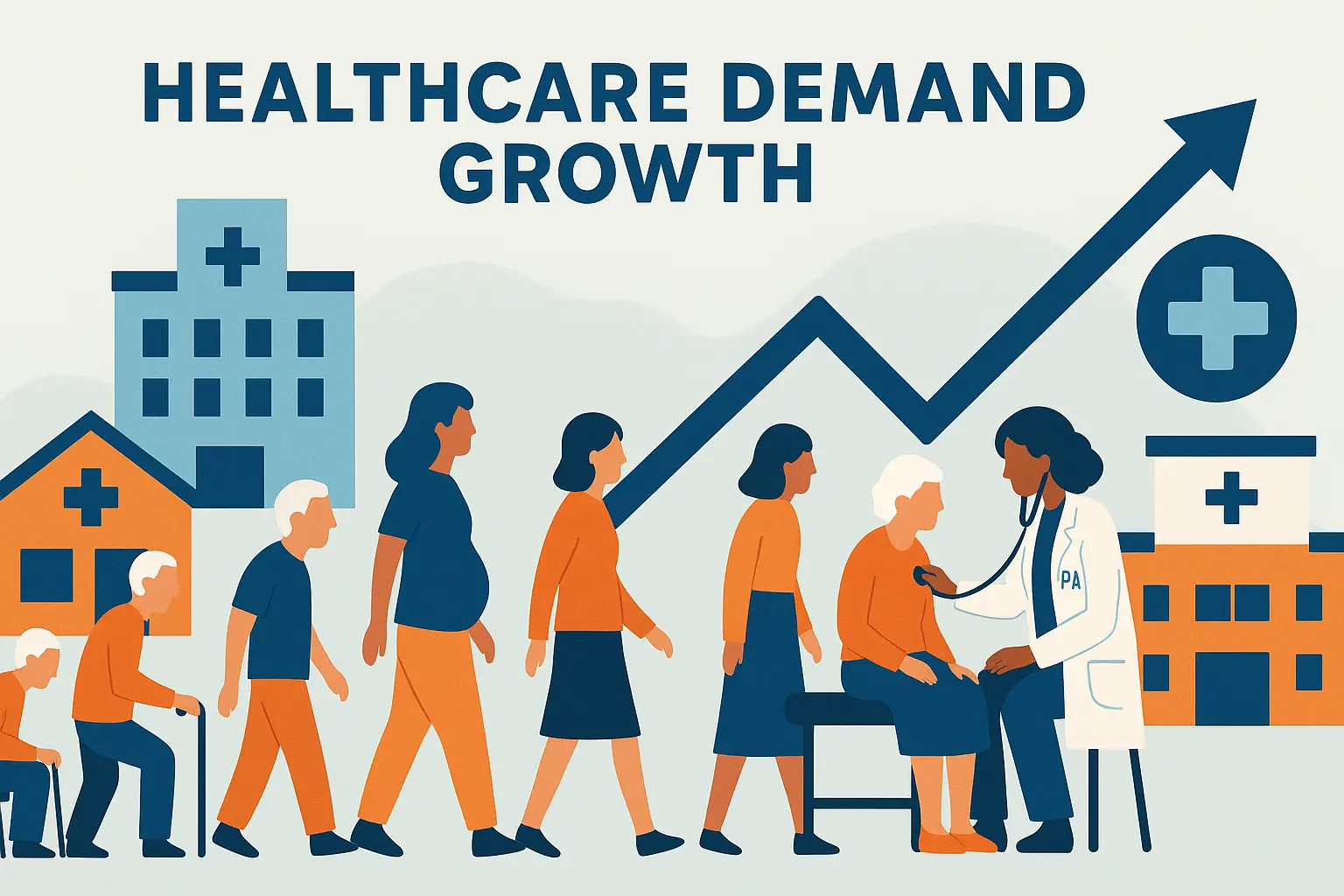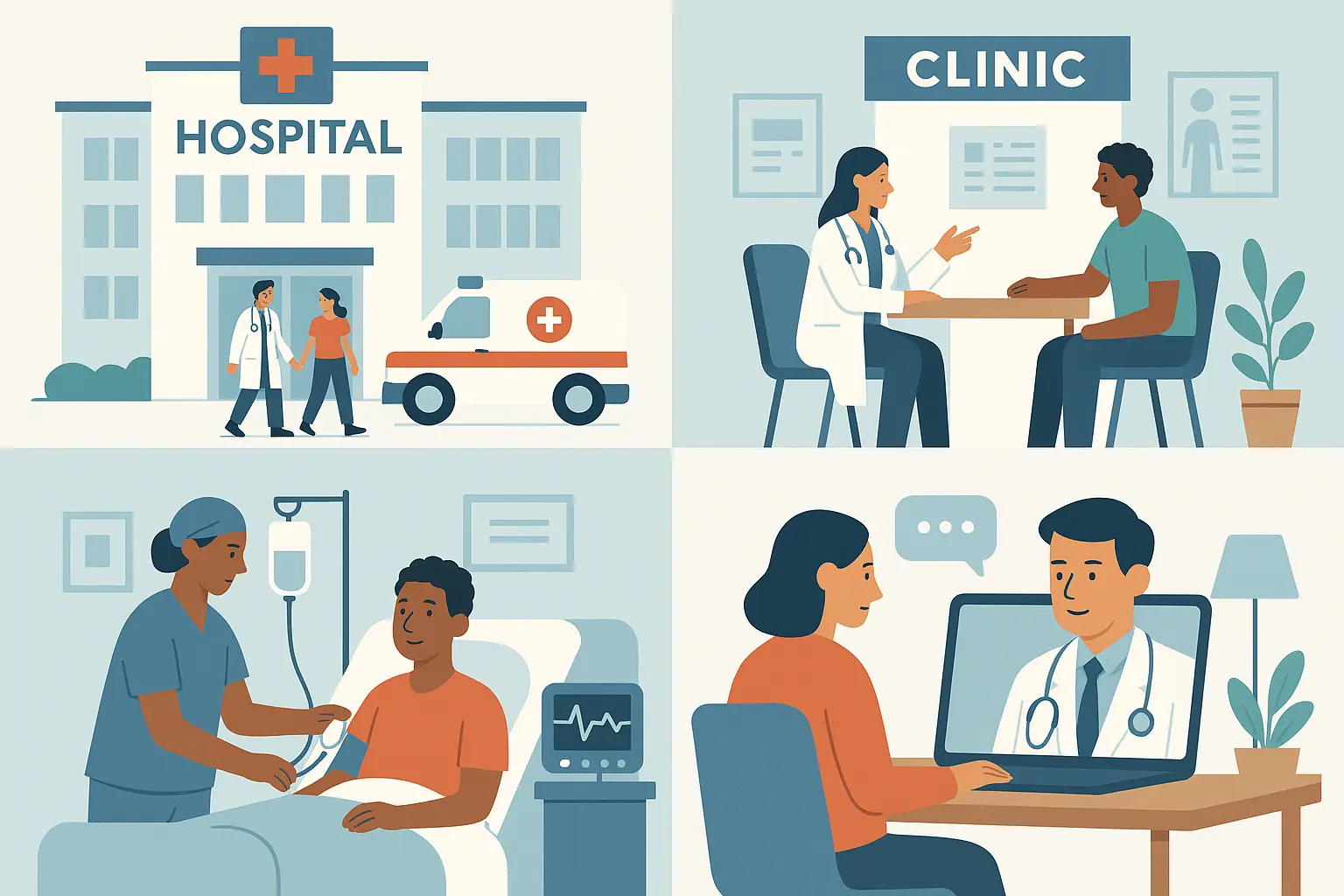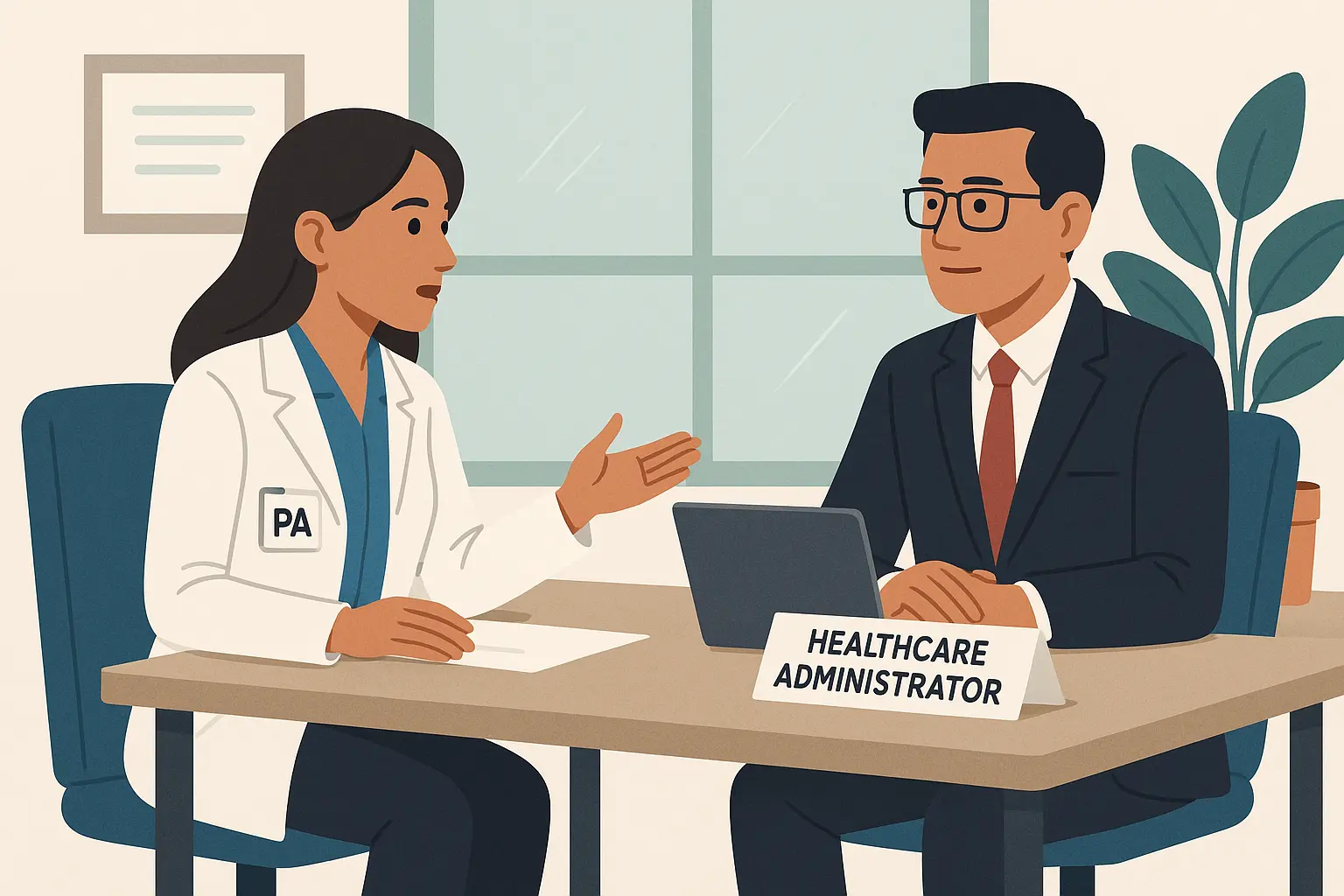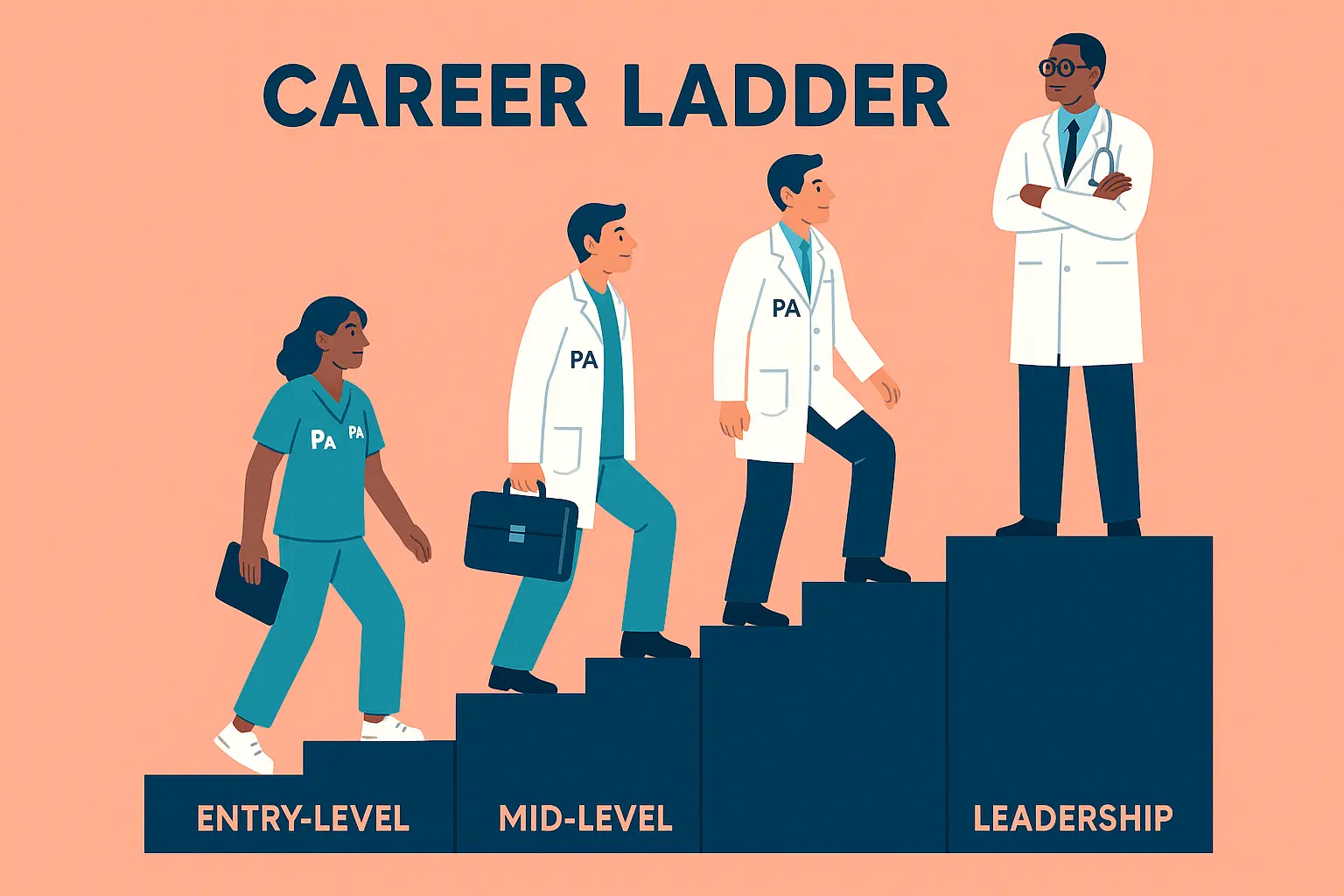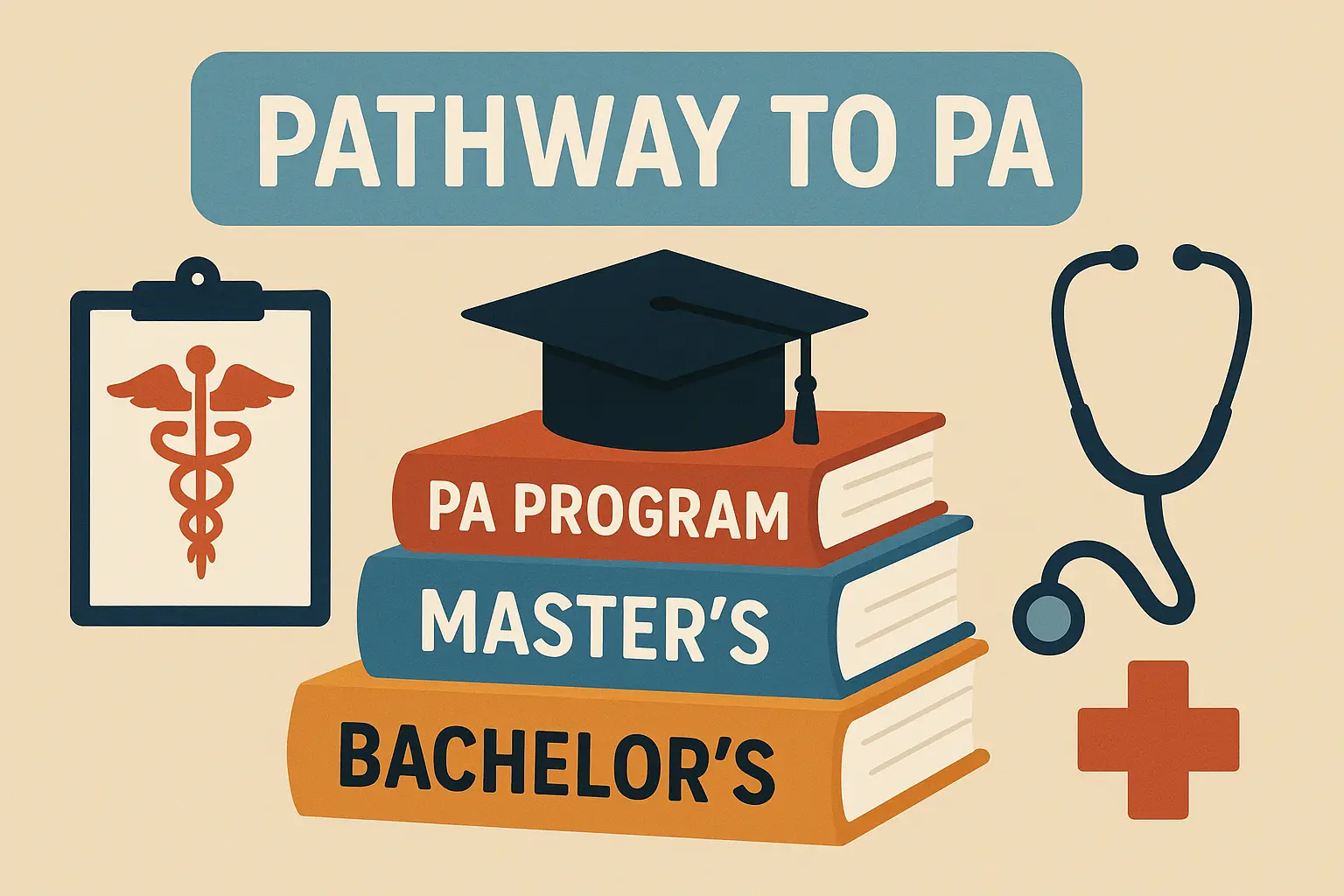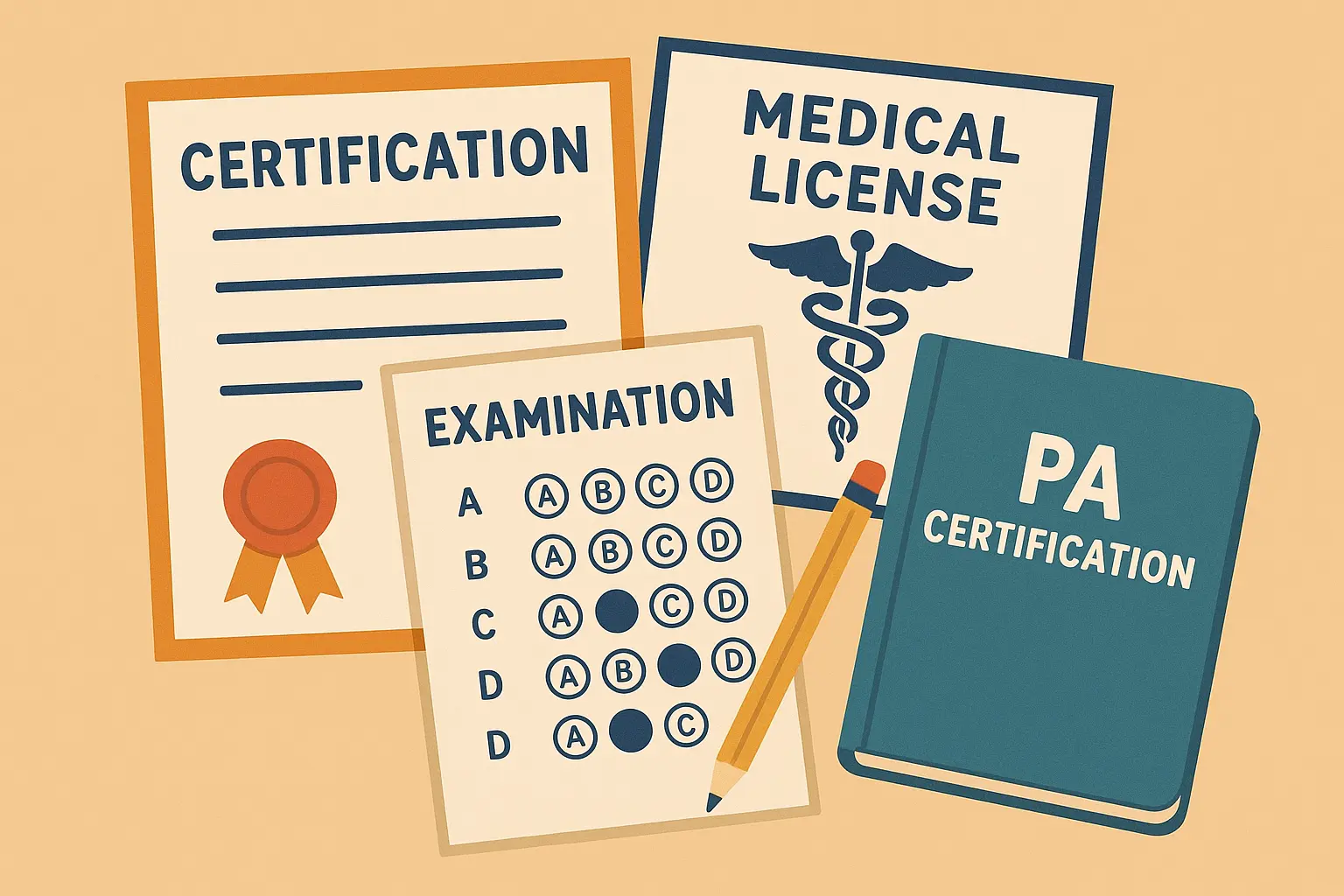The PA Salary Guide Nobody Talks About (But Should)

Look, I’ve been in healthcare long enough to see PAs consistently sell themselves short. You’re doing incredible work, but many of you have no idea what you’re actually worth—or how to get it.
Let me share what I’ve learned about physician assistant salary trends after years of watching talented professionals leave money on the table. This isn’t just about numbers; it’s about understanding your value and getting paid fairly for the expertise you bring to patient care.
The timing couldn’t be better. According to the Bureau of Labor Statistics, employment of physician assistants is projected to grow 20 percent from 2024 to 2034, much faster than the average for all occupations. Translation? You have leverage.
Table of Contents
- The Bottom Line (Skip Here If You’re in a Hurry)
- What PAs Are Really Making Right Now
- What Really Drives Your Paycheck
- Your Path to Higher Pay
- Becoming a PA: Your Roadmap
- The Real Talk
The Bottom Line (Skip Here If You’re in a Hurry)
- Most PAs earn $95K-$150K+, but location and specialty make huge differences
- Moving to the right city can boost your pay by 15-30%
- Specializing can add $20K-$40K to your salary
- Your total compensation package (benefits included) is worth $15K-$25K more than your base salary
- Smart negotiation and career moves can accelerate your earning potential significantly
What PAs Are Really Making Right Now
Forget the outdated salary surveys. Here’s what’s actually happening in the market.
Recent developments show the profession’s continued evolution, as it’s an exciting time to be a physician assistant as the profession is evolving rapidly with expanded scopes of practice, leadership roles, technology, advanced education opportunities and competitive salaries according to the University of Arizona Health Sciences.
The latest data shows the median annual physician assistant salary is $130,020, based on the latest U.S. Bureau of Labor Statistics (BLS) report. However, Medscape’s latest physician assistant compensation report, highlights there is opportunity for PAs to make up to $142,000 per year or more. That’s solid growth, and it reflects how much healthcare systems need good PAs.
But here’s the thing—your experience level changes everything:
New grad (0-2 years): $95K-$110K
Mid-career (3-7 years): $115K-$135K
Experienced (8+ years): $130K-$150K+
Top 10%: $170K+
Each year typically adds $3K-$5K to your base pay, which means your physician assistant salary can steadily increase over time, with bigger jumps at the 3-year and 7-year marks.
Location Is Everything
Here’s a reality check: Sarah moved from rural Tennessee ($105K) to Seattle ($140K). Sounds great, right? Wrong. Her housing costs tripled, taxes went up, and she actually had less spending power despite the $35K raise.
The highest physician assistant salary isn’t always the best deal. Sometimes that ‘lower’ salary in a smaller city gives you a better quality of life.
Understanding your worth in the market becomes crucial when it’s time to negotiate for higher compensation based on your accumulated experience and proven performance metrics.
Specialties That Actually Pay
Want the biggest salary bump? Specialize. The AAPA reported that the median compensation package for PAs in this specialty was $152,500, making it the highest paid PA specialty for cardiovascular/cardiothoracic surgery positions. Emergency medicine, dermatology, and orthopedic surgery consistently add $20K-$40K to your annual pay compared to family practice, making them some of the best specialty choices for boosting your physician assistant salary
Jennifer learned this firsthand. She went from family practice ($118K) to dermatology after a 12-month fellowship. Her new salary? $145K. That $27K increase more than justified the extra training.
Why This Profession Is Exploding
Multiple factors are creating a perfect storm of demand. Baby boomers are entering their highest healthcare utilization years, creating unprecedented demand for medical services. Simultaneously, medical schools aren’t producing enough physicians to meet this demand, creating opportunities for PAs to fill critical gaps.
Rather than replacing PAs, technological advances are enhancing their roles and often leading to higher compensation. Telemedicine has opened entirely new practice opportunities, with some remote positions offering premium compensation due to their flexibility and efficiency.
What Really Drives Your Paycheck
Most PAs focus only on base salary during job searches. Big mistake. You’re missing thousands in total compensation.
Your Education Still Matters
The PA program you choose affects your entire career. Top-tier programs with strong clinical partnerships often have direct pipelines to high-paying positions. Their graduates benefit from established relationships that translate into better opportunities.
When applying to competitive PA programs, having a professionally crafted resume that highlights your healthcare experience is essential, and understanding ATS-friendly formatting can help ensure your application gets noticed by admissions committees.
And don’t stop learning after graduation. Specialized certifications and CME credits correlate with 8-12% annual salary increases. That’s a measurable return on investment.
Keep these on track:
- 100 CME hours every 2 years for NCCPA certification
- Specialty certifications (CAQ) in your practice area
- National conferences and professional meetings
- Online modules and webinars
- Fellowship or residency programs for specialization
- Professional organization memberships (AAPA, specialty societies)
Where You Work Changes Everything
Hospital systems, private practices, urgent care centers—they all offer different packages. Look beyond the base salary.
Benefits are worth $15K-$25K annually:
- Health insurance: $8K-$15K value
- Retirement matching: $3K-$8K
- Malpractice coverage: $2K-$5K
- CME allowance: $2K-$4K
- Paid time off: $5K-$10K value
Don’t forget performance bonuses. Michael, an urgent care PA, negotiated a $115K base plus productivity bonuses. By seeing 25 patients per shift (above the 20-patient threshold), he earned an extra $15K annually—a 13% boost.
To maximize your bonus potential, you can use a salary increase calculator to see how these performance incentives directly impact your total physician assistant salary and annual income.
Rural areas often provide better purchasing power despite lower absolute numbers. A $110K salary in rural Montana might beat $145K in San Francisco when you factor in housing, taxes, and living expenses.
Negotiation That Actually Works
Successful salary negotiation isn’t about asking for more money. It’s about research, timing, and understanding what your employer needs.
Your salary research checklist:
- AAPA salary survey data for your specialty and region
- Glassdoor, PayScale, and Salary.com for local markets
- Network with PAs in similar positions
- Research competitor job postings
- Document your achievements and extra responsibilities
- Calculate total compensation value
- Prepare 3-5 comparable salary examples
Healthcare organizations typically set budgets in fall for the following fiscal year. Time your salary discussions 2-3 months before budget finalization to give employers time to work your request into their planning.
Your Path to Higher Pay
Want to climb the salary ladder faster? Here are the moves that work.
The profession is witnessing significant changes in career development opportunities. As one PA recently shared in a “Taking a break from medicine” interview, after 12 years of practice, he realized that “in medicine, we often take our families for granted, and they kind of get put on the back burner while we’re dealing with other things,” highlighting the importance of strategic career planning that balances professional growth with personal well-being.
Specialize Strategically
Emergency medicine, dermatology, and orthopedic surgery consistently offer the highest premiums. But cardiovascular surgery, interventional cardiology, and neurosurgery can push you above $160K annually.
Yes, these require additional fellowship training. But the ROI is substantial and long-lasting.
Consider Leadership
Administrative roles, department management, and clinical supervision typically pay 20-35% more than direct patient care. Chief PAs and clinical directors often earn $150K-$200K+.
The catch? You need business skills beyond clinical expertise. These positions combine clinical oversight with budget management, staff development, and strategic planning. When transitioning to leadership, showcasing management experience effectively becomes crucial—following a professional resume format helps demonstrate executive readiness.
The Entrepreneurial Option
Some PAs go solo with independent practices, consulting, or healthcare tech companies. It’s riskier, but successful practitioners can earn $200K-$500K+ annually.
Telehealth platforms, urgent care franchises, and aesthetic medicine are popular paths for experienced PAs ready to build their own practices.
Becoming a PA: Your Roadmap
If you’re still working toward PA school, here’s what you need to know.
Most programs require specific prerequisites with competitive GPAs (aim for 3.5+). You’ll also need 500-2000 hours of direct patient care experience—EMT, medical assistant, nursing, or similar roles.
PA School Prerequisites:
- Human Anatomy & Physiology (2 semesters with labs)
- General Chemistry (2 semesters with labs)
- Organic Chemistry (1 semester with lab)
- Biochemistry (1 semester)
- Microbiology (1 semester with lab)
- Statistics (1 semester)
- Psychology (1 semester)
- Medical Terminology
The CASPA Application Process
The centralized application requires transcripts, personal statements, letters of recommendation, and healthcare experience documentation. When preparing CASPA materials, crafting a compelling personal statement is crucial. Learning how to write a cover letter that gets noticed can help develop the persuasive writing skills needed.
Application deadlines vary by program, with most accepting applications April through October for the following year’s cohort. Submit early—many programs use rolling admissions.
Choosing the Right PA Program
Research each program’s PANCE pass rates, clinical rotation sites, and graduate employment statistics. Programs with strong hospital partnerships provide better clinical training and job placement opportunities that translate into higher starting salaries.
Clinical Experience That Counts
EMT, medical assistant, nursing, physical therapy aide, and military medic experience all strengthen applications. Direct patient care roles carry more weight than administrative healthcare positions.
Paid healthcare experience carries more weight with admissions committees, but meaningful volunteer work in clinical settings demonstrates commitment and can supplement paid experience effectively.
Conquering the PANCE and Getting Licensed
After graduation, you’ll need to pass the PANCE exam and get state licensure.
PANCE prep essentials:
- Timeline: Start 3-4 months before exam
- Study hours: 4-6 hours weekdays, 8+ hours weekends
- Materials: PAEA End of Rotation Exams, Rosh Review, PACKRAT scores
Practice tests
- Practice tests: 2-3 full-length exams monthly
- Focus areas: Spend 60% of time on lowest-scoring subjects
- Final week: Light review only, prioritize rest
Each state has unique requirements for PA practice—supervision agreements, prescriptive authority, and continuing education mandates. Some states offer full practice authority for experienced PAs, while others require physician supervision. These differences impact both opportunities and compensation significantly.
PAs must complete 100 CME hours every two years and pass the PANRE exam every ten years. Staying current with certification protects your practice ability and maintains competitive compensation levels.
The Real Talk
The PA profession offers exceptional earning potential combined with meaningful work, but maximizing compensation requires strategic thinking. Understanding salary factors and market dynamics positions you for financial success whether you’re starting out or advancing your career.
Your clinical skills got you here, but smart career moves will get you where you want to go. Know your worth, negotiate effectively, and don’t be afraid to make strategic moves that align with your financial goals.
The demand for good PAs has never been higher. Make sure you’re getting paid what you deserve.


